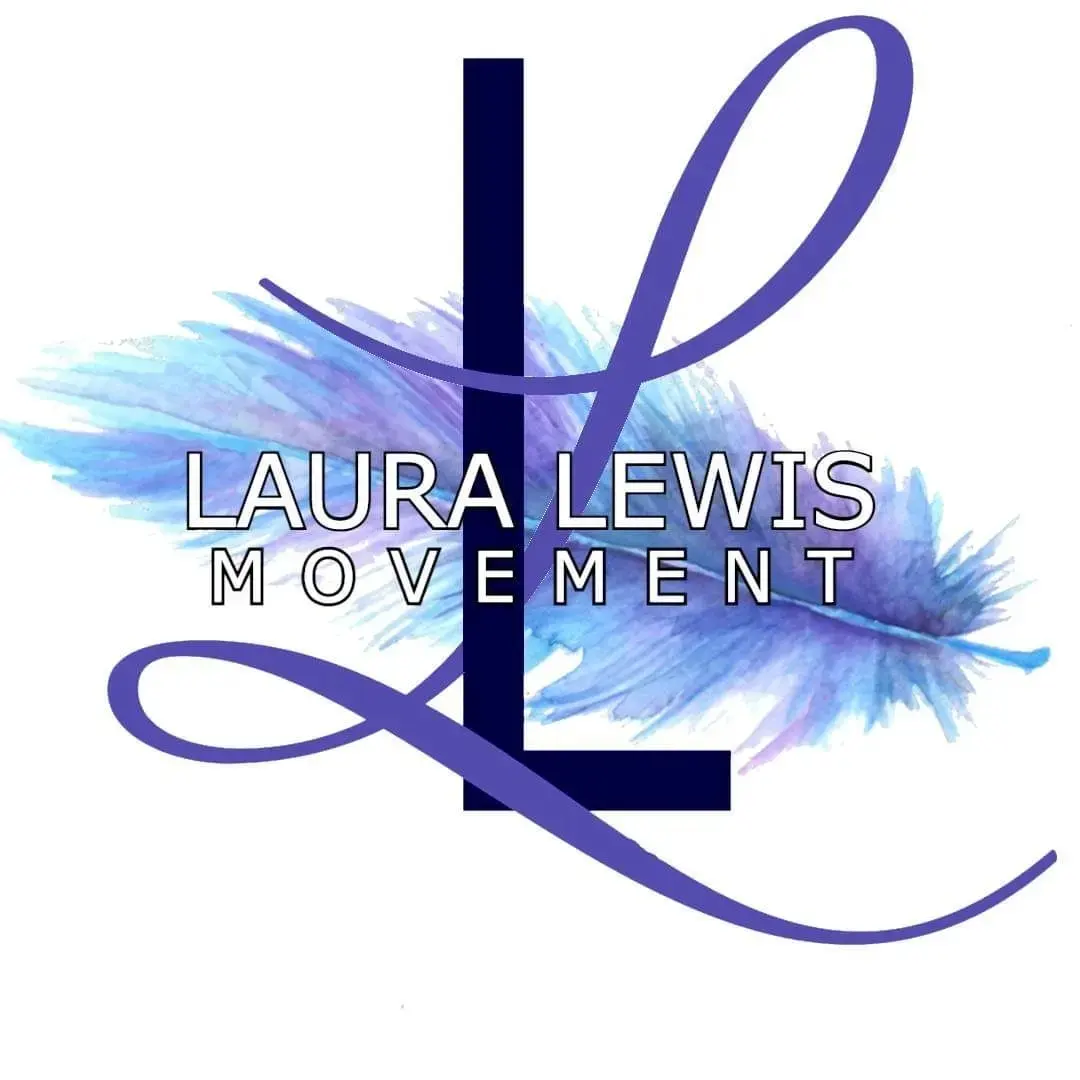Move Like You: Embracing Intuitive Movement
- Laura Edgell
- Jul 5
- 4 min read
This week I have felt so proud of the students that have come to class each week, who have kept up their practice and I have seen a huge improvement in so many students. The way they are aware of their bodies, the way they move and the thought and concentration on what feels right for them.
Recently I have been observing the difference between teaching intuition in movement and those that may have come from past Pilate classes with more of a regimented approach almost robotic in nature. It appears to me that they are afraid to move Why are people so frightened to move, when we were born to run, climb. We have forgotten the routes from where we once came from.
In a world that often measures fitness by reps, steps, and calories burned, intuitive movement offers a refreshing shift. Instead of rigid routines and one-size-fits-all workout plans, intuitive movement invites you to listen to your body, move in ways that feel good, and reclaim joy in physical activity. It’s not just about exercise — it’s about reconnecting with your body’s natural rhythms.
In the video below I take a simple move like the cat exercise and show a way in which it can change, and instead of restricting movement we encourage many paths of action and learning about what our bodies need. We are learning to play and investigate what may be needed.
What Is Intuitive Movement?
At its core, intuitive movement is the practice of tuning into your body’s signals to guide how, when, and why you move. Rather than forcing yourself into a schedule or pushing through pain to meet arbitrary goals, intuitive movement prioritizes how you feel over what you should do.
The Problem with “Should”
The fitness industry has long been built on “should”:
You should work out at least five times a week.
You should do cardio for weight loss.
You should feel exhausted after a workout.
These messages can disconnect us from our bodies and create a sense of guilt or failure when we don’t measure up. Intuitive movement breaks that cycle by asking different questions:
What kind of movement would feel good right now?
Do I need energy, or do I need rest?
How does my body feel during and after this activity?
I have learnt over time how to take care of the imbalances in my body, how to adjust the body pattern to avoid injury later on. Prevention is key and being bodily aware helps me understand this even more.
Benefits of Intuitive Movement
Increased Body Awareness: You learn to recognize your body’s cues — fatigue, tension, energy — and respond with compassion.
Reduced Burnout: No more dragging yourself to the gym when you're emotionally or physically drained.
Greater Joy in Movement: When movement becomes something you want to do, not something you have to do, it becomes more sustainable.
Improved Mental Health: Moving for pleasure and presence (rather than punishment) can reduce anxiety and boost mood.
Better Relationship with Your Body: It fosters respect and appreciation rather than control and criticism.
As a teachers trainer it is my job to make sure that the instructors that are starting out on their Pilate teachers journey understand that you must educate your participants to not be afraid to move, explore the range of movement that is available to them and don't just follow the manual as the concepts are very linear in style and considering that our bodies are asymmetrical and 3D, we can't possible rely on this as being gospel. It is a guideline and that is all.
When I add some of the Aston Kinetic movement in to the course to give them an idea of Intuitive movement, their faces light up and they start taking notes. I ask them what they noticed and people will tell me, "I love how that felt in my hip, I felt that I had gained more space with that version". They have just reconnected to themselves and have learnt something about what their body needed in that moment.
How to Practice Intuitive Movement
If you’ve been trained to ignore your body or follow a strict regimen, intuitive movement can feel unfamiliar at first. Here’s how to begin:
Pause and Check In: Before moving, ask how your body feels. Are you tense, tired, energized, sore?
Ditch the Rules: Forget “leg day” or “30 minutes minimum.” What feels good today?
Explore Variety: Try yoga, swimming, hiking, dancing, or simply stretching. Let curiosity lead.
Rest Without Guilt: Rest is not the absence of movement — it’s a vital part of it.
Stay Present: Focus on how movement feels in the moment, rather than chasing a specific outcome.
Final Thoughts
Intuitive movement is not a trend — it’s a return to how we were always meant to move: freely, playfully, with attention and care. Whether you're recovering from burnout, healing your relationship with exercise, or simply craving more joy, intuitive movement offers a powerful path home to your body.
Get in touch if you would like to reconnect with how movement can heal you.
See, move, feel and heal.




Comentarios